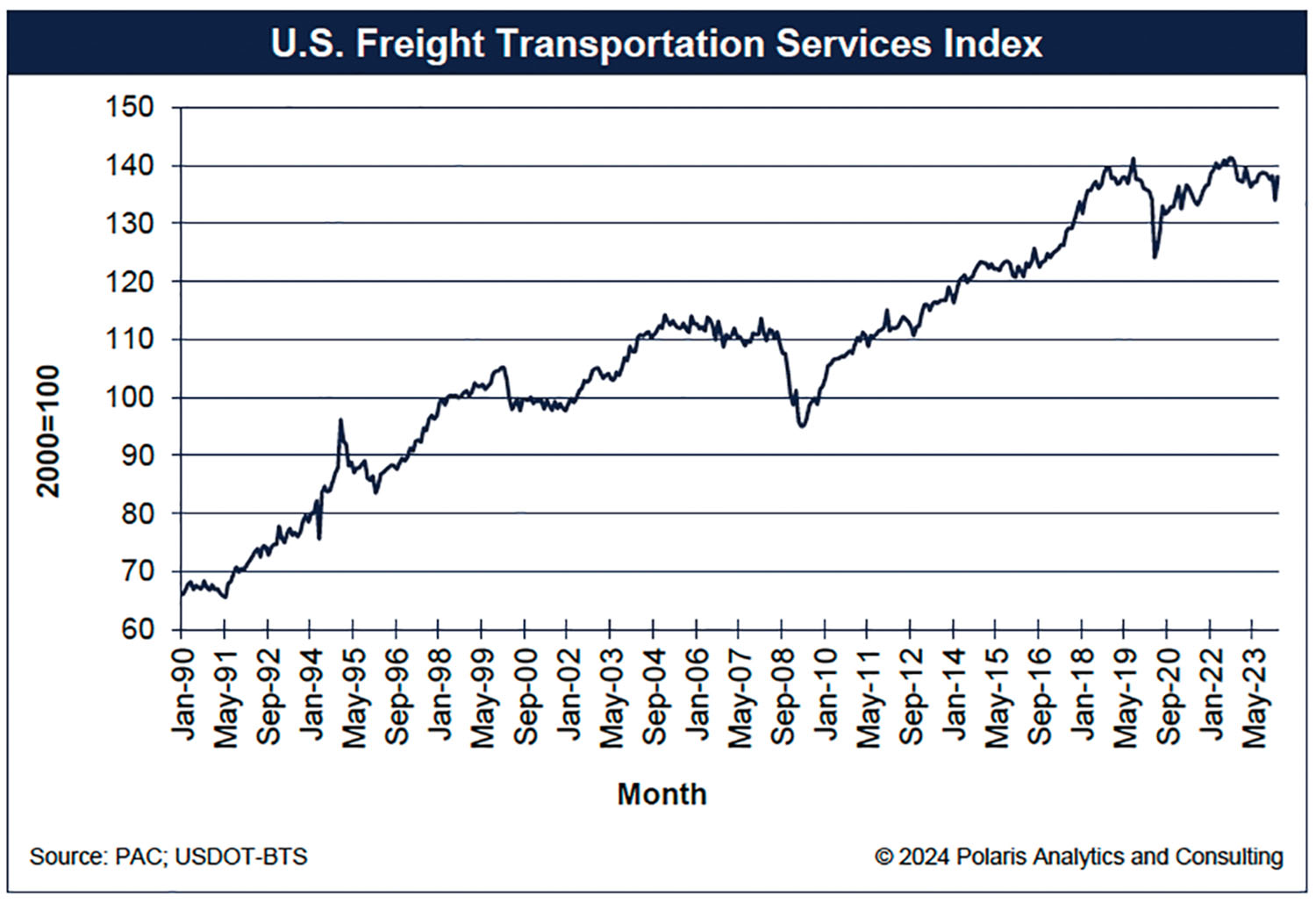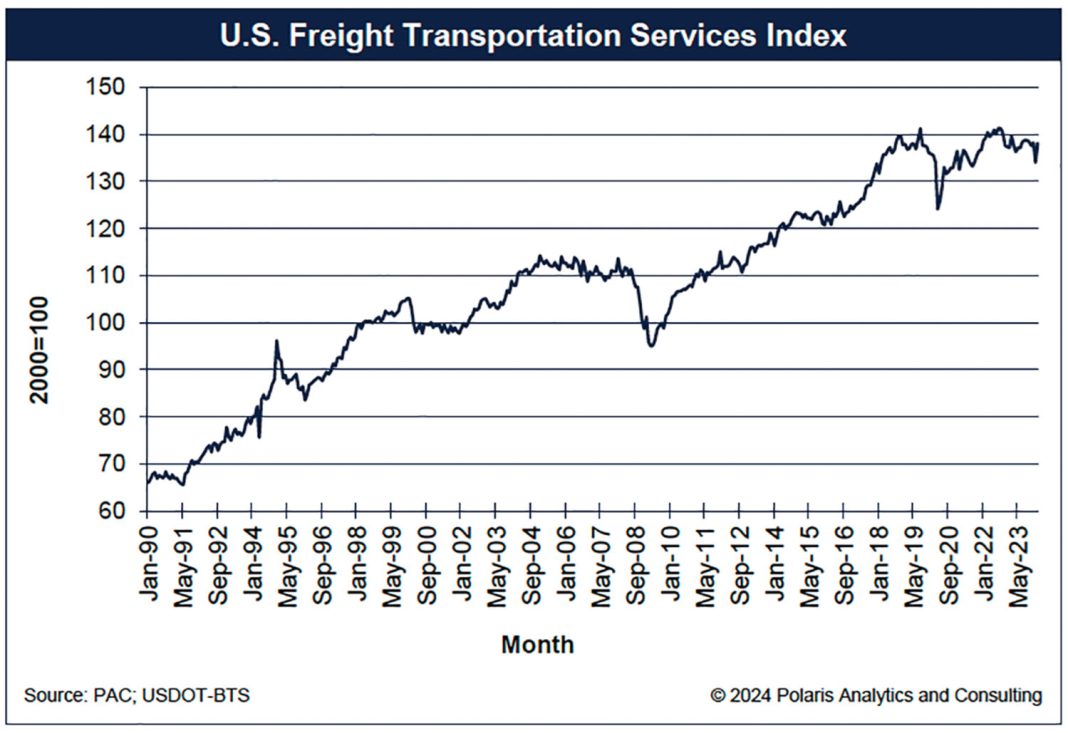 Labor Market Strains Deepen as Part-Time Work for Economic Reasons Surges to Multi-Year High
Labor Market Strains Deepen as Part-Time Work for Economic Reasons Surges to Multi-Year High
Introduction:
The U.S. labor market is showing signs of strain as the number of Americans settling for part-time work instead of full-time jobs reaches a multi-year high. This surge in part-time employment for economic reasons is a worrying indication of economic uncertainty and could have negative implications for consumer spending, which is a key driver of the U.S. economy.
Rise in Part-Time Work for Economic Reasons:
According to data released by the Bureau of Labor Statistics, the number of people employed part-time for economic reasons increased by 346,000 in July, bringing the total to 4.6 million. This is the highest number of Americans working part-time for economic reasons since October 2021 and surpasses pre-pandemic levels. These individuals, who would have preferred full-time employment, are working fewer hours due to reduced business activity or the inability to secure full-time jobs.
Impact on the U.S. Economy:
The rise in part-time employment for economic reasons is concerning as it suggests that employers are scaling back hours instead of committing to new full-time hires in response to economic uncertainty. This trend could indicate a broader weakening of the labor market, especially if economic conditions continue to deteriorate. Additionally, workers in part-time roles typically earn less than their full-time counterparts, leading to less disposable income. This reduction in consumer spending, which accounts for over two-thirds of economic output, could further impact the U.S. economy.
Job Market Deceleration:
In July, the U.S. economy added only 114,000 new jobs, a significant slowdown from June’s 179,000 and below economists’ expectations. The headline unemployment rate also rose to 4.3 percent, the highest since October 2021, signaling a deceleration in the job market. Some economists argue that this increase in the unemployment rate, coupled with the rise in part-time employment, could be an early indication of a recession.
Transitioning Part-Time Workers to Full-Time Roles:
The ability of the economy to transition part-time workers into full-time roles is often seen as a measure of economic strength. However, Federal Reserve data shows a year-over-year decline in the number of U.S. workers employed full-time since March 2024, while the number of part-time workers has increased. This decline in full-time employment, along with the decrease in the average workweek, reflects the economic strain and reluctance of firms to replace retiring or quitting workers with full-time replacements.
Need for Economic Boost:
The recent jobs report has raised concerns among economists, with Mark Zandi, chief economist at Moody’s Analytics, arguing for the Federal Reserve to cut interest rates to stimulate the faltering economy. With job growth slowing, unemployment rising, hours worked per week decreasing, and temporary help jobs disappearing, a boost to the economy is crucial.
Conclusion:
The surge in part-time work for economic reasons highlights the strain in the U.S. labor market and the potential impact on consumer spending. The decline in full-time employment and the reluctance of firms to hire full-time replacements indicate economic uncertainty. As the job market decelerates and the number of part-time workers increases, it becomes necessary to address the economic strain and consider measures to boost the economy.

